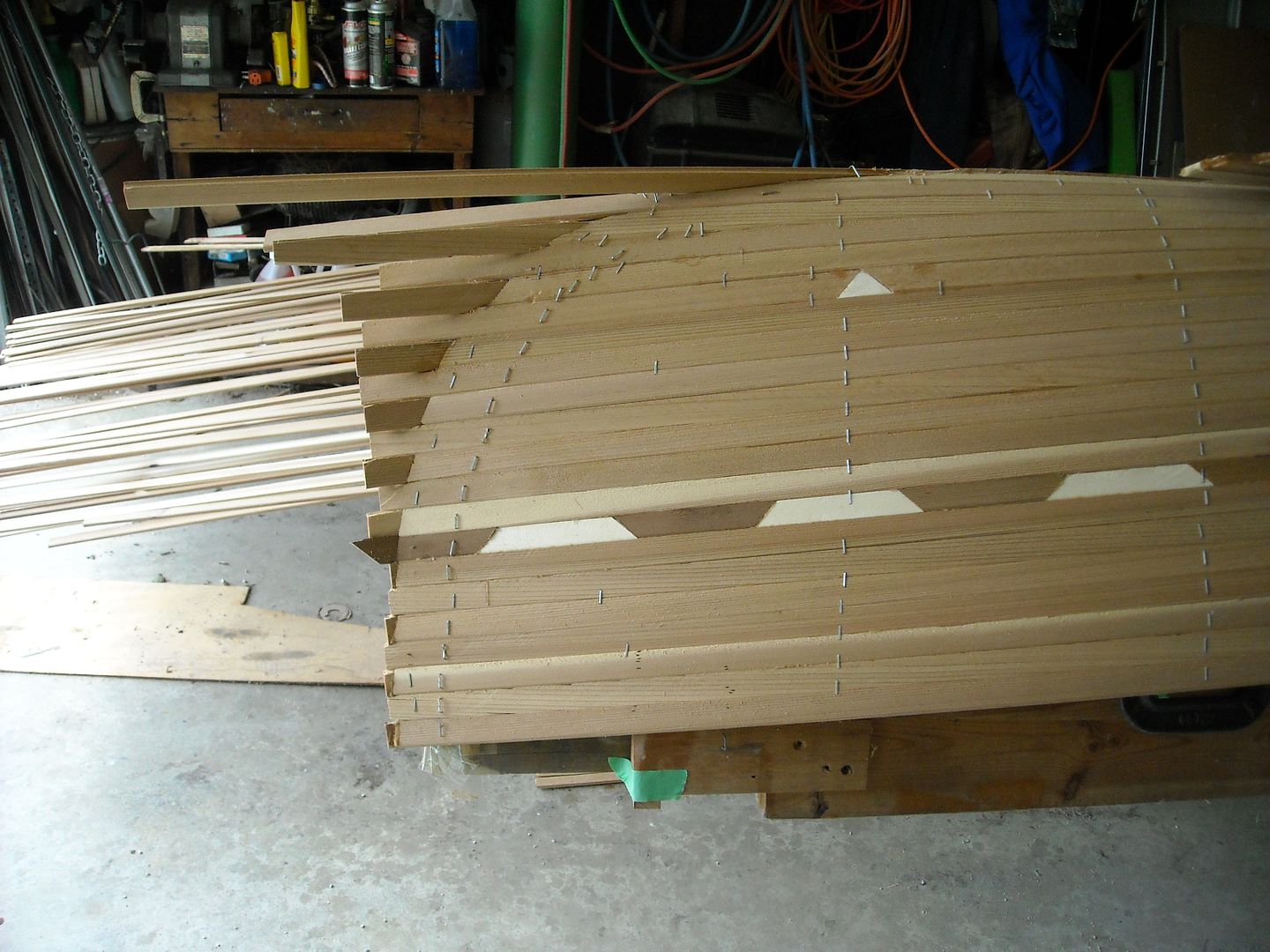Hi to everybody,
Writing from Sonora, Mexico. A desert state south Arizona. I live in a "small" town for Mexican standards. I would like to build a cedar canoe and kind of figure it out on space, tools, etc. Only problem is that, so far, I have just find cedar odorata from Peru. I don't know if this will be good for a canoe. Also, the longest boards I found were 1"x8"x14' and planing to build a freedom 17 (has to be room for wife & dog). Can I glue the extra 3' for all strips 17'+? Thinking on do something like 1/14/2 and the flowolling 3/14 and then 6/11, etc...
So, basically need a good advice if I should go for this or better to leave it alone.
By the way, lot of poplar wood here but, guess it is to fragile for a canoe...or not?
Thanks in advance
Frank
PS: looking for a fly fishing destination on west Canada for August 18, thinking on Fernie but, don't know if should try closer to the ocean. Need a place to tourist with wife after fishing so, small towns better.
Writing from Sonora, Mexico. A desert state south Arizona. I live in a "small" town for Mexican standards. I would like to build a cedar canoe and kind of figure it out on space, tools, etc. Only problem is that, so far, I have just find cedar odorata from Peru. I don't know if this will be good for a canoe. Also, the longest boards I found were 1"x8"x14' and planing to build a freedom 17 (has to be room for wife & dog). Can I glue the extra 3' for all strips 17'+? Thinking on do something like 1/14/2 and the flowolling 3/14 and then 6/11, etc...
So, basically need a good advice if I should go for this or better to leave it alone.
By the way, lot of poplar wood here but, guess it is to fragile for a canoe...or not?
Thanks in advance
Frank
PS: looking for a fly fishing destination on west Canada for August 18, thinking on Fernie but, don't know if should try closer to the ocean. Need a place to tourist with wife after fishing so, small towns better.








